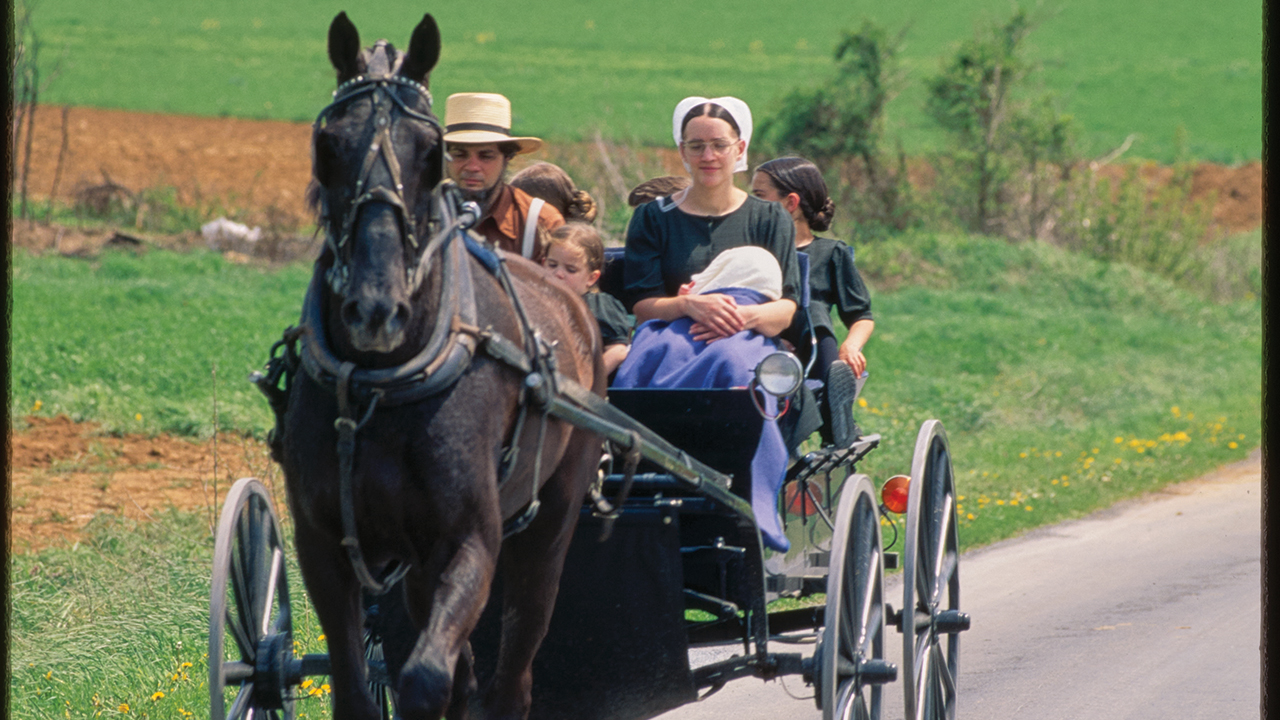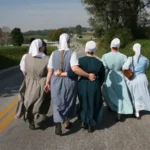How to Explore Amish Origins
The Amish are known today for their plain clothing, horse-drawn buggies, and commitment to a simple, faith-driven life. But to truly understand who they are, it’s essential to go back to the beginning. Exploring Amish origins is not just about tracing their migration—it’s about understanding the religious convictions, cultural shifts, and historical events that shaped their identity. Whether you’re a history enthusiast, a traveler, or someone seeking spiritual insight, learning how to explore Amish origins opens a deeper appreciation for their way of life.
Understanding the Anabaptist Movement
To explore Amish roots, you must first understand the Anabaptist movement that began during the Protestant Reformation in 16th-century Europe. The Amish, along with Mennonites and Hutterites, stemmed from this movement.
Key Beliefs of the Early Anabaptists:
- Adult baptism: Unlike Catholics or Reformers, they believed in baptizing believers, not infants.
- Separation of church and state: They rejected government interference in religion.
- Nonviolence and pacifism: Anabaptists refused to bear arms or participate in war.
- Simple living: They emphasized humility, community, and a life centered on scripture.
This movement was seen as radical and dangerous. Thousands of early Anabaptists were persecuted, imprisoned, or executed. Despite this, their faith endured.
The Emergence of the Amish
The Amish formally emerged in 1693, when Jacob Ammann, a Swiss Anabaptist leader, led a group to separate from the Mennonites. Ammann believed that Mennonites were becoming too lenient in matters of church discipline and nonconformity. His followers became known as the Amish.
Why Jacob Ammann Matters:
- He emphasized strict church order (Ordnung).
- He insisted on meidung or shunning of excommunicated members.
- He promoted a more conservative interpretation of Anabaptist teachings.
This split formed the foundation of the Amish identity—an identity rooted in spiritual seriousness, humility, and obedience.
Tracing the Migration to North America
In the early 1700s, Amish families began migrating from Switzerland and Germany to Pennsylvania, seeking religious freedom and fertile farmland. This migration was essential in preserving their way of life.
Key Migration Milestones:
- First major migration: Early 1700s to Pennsylvania (notably Lancaster County).
- Later movements: Westward expansion into Ohio, Indiana, and Illinois during the 1800s.
- Modern settlements: Now found in over 30 U.S. states and Ontario, Canada.
To explore Amish origins fully, visiting these early settlements provides insight into their growth and resilience.

Visiting Historical Sites and Museums
Travel is one of the most immersive ways to understand how to explore Amish origins. Several museums and heritage centers help you dive into their history.
Must-Visit Places:
- Mennonite Heritage Center (Pennsylvania): Exhibits on Anabaptist migration, culture, and early persecution.
- Hans Herr House: The oldest Mennonite meetinghouse in America, offering insights into the life of early Amish settlers.
- Amish and Mennonite Heritage Center (Ohio): Features Behalt, a stunning 10-foot by 265-foot mural depicting Anabaptist history.
These locations bring the historical narrative to life and allow for meaningful reflection.
Exploring Amish Religious Texts and Teachings
Reading historical documents and religious texts is another way to explore Amish origins. The Martyrs Mirror, for instance, is a central book in Amish households.
Suggested Readings:
- Martyrs Mirror by Thieleman J. van Braght – Chronicles the persecution of Anabaptist martyrs.
- The Amish Way by Kraybill, Nolt, and Weaver-Zercher – Offers a spiritual perspective on Amish beliefs.
- The Riddle of Amish Culture by Donald B. Kraybill – Explains how history shaped Amish identity.
These texts give you a deeper understanding of the religious passion that gave birth to the Amish tradition.
Understanding the Ordnung
The Ordnung is the set of unwritten rules that governs every aspect of Amish life—from dress to technology to worship. Each Amish district has its own Ordnung, based on shared values passed down over generations.
Why the Ordnung Matters in Exploring Origins:
- It reflects centuries-old traditions rooted in early Anabaptist principles.
- It helps preserve unity and identity across generations.
- It shows how the Amish balance change and tradition.
Studying the Ordnung is key to seeing how the Amish have maintained their cultural and religious identity since their founding.
Conversations with Amish Historians and Elders
If you’re traveling to Amish country, take the opportunity to speak with historians, tour guides, or local elders who are knowledgeable about their background. While the Amish are private people, many appreciate respectful curiosity and are willing to share their history in appropriate settings.
Questions to Ask:
- How did your ancestors come to this area?
- What stories have been passed down about your early church?
- How has your district preserved the old ways?
First-hand stories bring Amish history to life in a way no textbook ever can.
Final Thoughts
Learning how to explore Amish origins is not just an exercise in history—it’s a journey into a faith tradition built on courage, conviction, and community. From European persecution to American farmland, the Amish have preserved a way of life grounded in simplicity and spiritual purpose. By studying their roots, visiting historic sites, reading Anabaptist texts, and listening to those who still live by these teachings, you can gain a deeper understanding of one of the most fascinating religious communities in the world.
Whether you’re drawn to their resilience, their values, or their peaceful way of life, exploring Amish origins is a rewarding experience that connects the past to the present in profound and meaningful ways.



